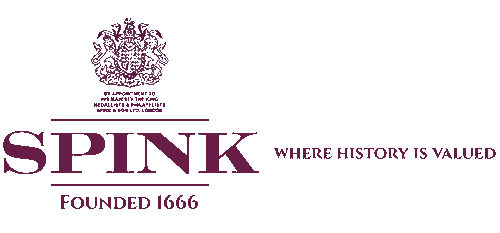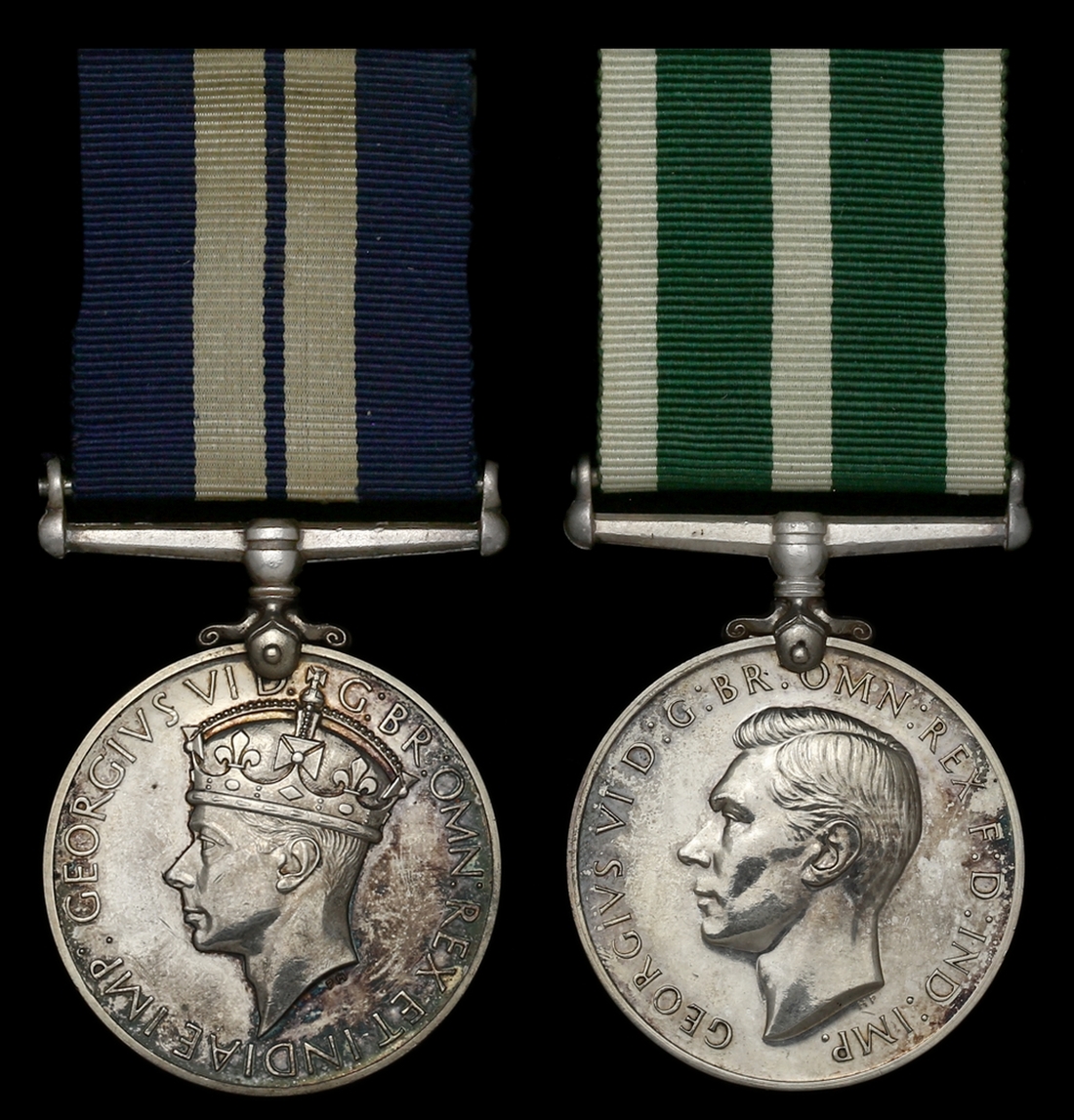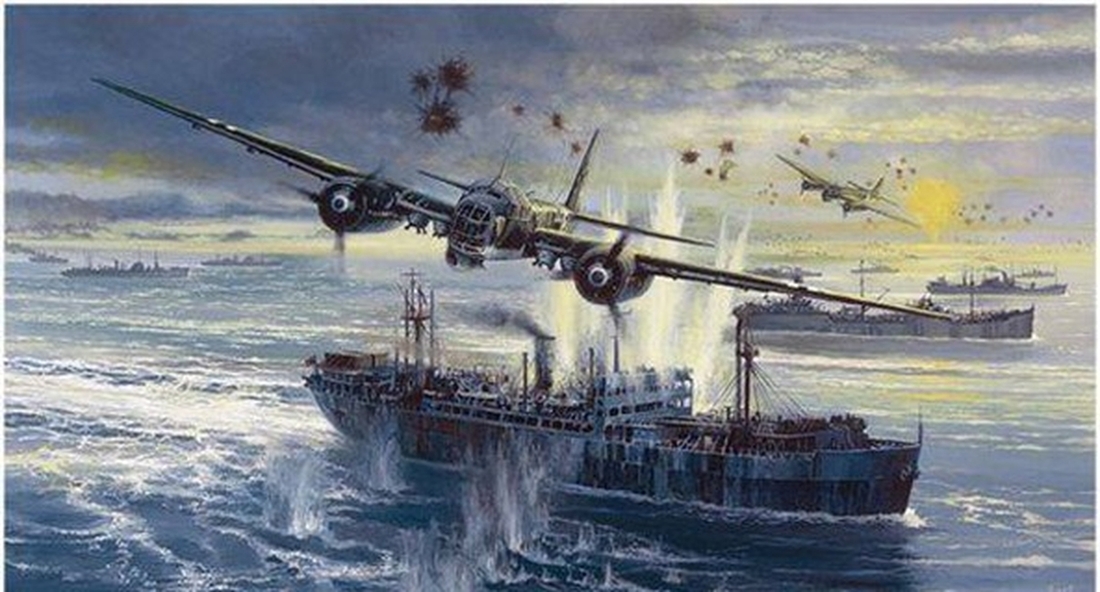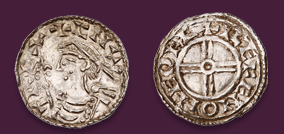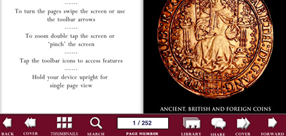Auction: 25003 - Orders, Decorations and Medals
Lot: 180
A good Second World War 'PQ. 16 Arctic convoy' D.S.M. pair awarded to Seaman A. F. Noble, Royal Naval Reserve, who was decorated for his gallant work on the twin Lewis gun in H.M. trawler St. Elstan, facing off a Luftwaffe 'golden comb' attack
Distinguished Service Medal, G.VI.R. (X19670A. A. F. Noble, Smn., R.N.R), in its case of issue; Royal Naval Reserve L.S. & G.C., G.VI.R., 1st issue (19670A. A. F. Noble, Smn., R.N.R.), surname officially corrected on the last, extremely fine (2)
D.S.M. London Gazette 25 August 1942:
'For distinguished services in H.M. ships in taking convoys to and from Murmansk, through the dangers of ice and heavy seas and in the face of relentless attacks by enemy U-boats, aircraft, and surface forces.'
The original recommendation states:
'For cool and accurate shooting with twin Lewis guns - three hits were observed on the enemy.'
Alfred Forden Noble was born in Whitby, Yorkshire on 7 November 1919 and enrolled in the Royal Naval Reserve in November 1937.
Called up on the outbreak of war, he joined the anti-submarine trawler St. Elstan in October 1939 and remained likewise employed until December 1944.
Initially employed on Atlantic convoy escort duties, St. Elstan commenced a long period of employment on the Arctic run when she joined PQ. 16 at Reykjavik in May 1942. Over the next 10 days, before reaching the Kola inlet, the convoy came under sustained attack from U-boats and enemy aircraft, seven merchantmen being sunk as a result. The 27 May proved especially costly, three ships being lost to sustained Luftwaffe action. Some accounts state that over one hundred attacks were counted that day, the whole enacted in what became known as the enemy's 'golden comb' tactic. Here, then, the likely date of Noble's telling work on the twin Lewis gun, for three - maybe more - enemy aircraft being shot down and several more damaged.
He was awarded the D.S.M., which distinction he finally collected at Buckingham Palace in April 1943.
Meanwhile, he and his shipmates remained actively employed on the Arctic run, rescuing 26 men from the American merchantman William Clark off Greenland in November 1942. And that work continued in 1943, when St. Elstan sailed in the convoys JW. 52 and RA. 53, in which latter she rescued 11 survivors from the American merchantman Executive off Norway in March 1943, in addition to the only survivor from the Puerto Rican, off Iceland.
Noble finally came ashore to an appointment at the Lowestoft base Europa in December 1944 and was still employed there at the war's end. Demobilised in November 1945, he was awarded his L.S. & G.C. Medal in June 1947 and discharged from the R.N.R. in July 1951. He died in Liverpool in April 1988.
Fortunately for posterity's sake, the Department of Sound at the Imperial War Museum recorded the wartime reminiscences of one of his old St. Elstan shipmates, Telegraphist Norman Pickles. Those extensive recordings - all so very relevant to Noble's wartime career - are described thus:
REEL 1:
Recollections of operations as telegraphist aboard HMT St Elstan in North Atlantic and Arctic, 9/1940-3/1944: joining ship in Belfast, Northern Ireland, 2/9/1940; role as lone telegraphist on board; Convoy BAS 3 from GB to Iceland; relations with Icelanders; refitting in Belfast, Northern Ireland, autumn 1940; nature of North Atlantic convoy escort duties, 1940-1941; aiding floundering SS Baltallinn during Convoy HG 57 in North Atlantic, 4/1941; characteristics and role of trawler; method of rescuing survivors; treatment of survivors on board and problems coping with them; rations available on board; attitude to service on board trawler; second refit in Belfast, Northern Ireland, 10/1941; loss of lifeboat during bad weather in North Atlantic, 10/1941.
REEL 2 continues:
Convoys between GB and Iceland, 1941-1942; preparations for participation in Arctic convoys in Hvalfjord, Iceland; start of Convoy PQ 16 from Iceland, 21/5/1942; use of fog buoys; German attacks on Convoy PQ 16; rescue of two Soviet crewmen from merchant vessel Stary Bolshevik; rescue of other survivors and handling of dead; entry of remnants of Convoy PQ 16 into Murmansk, Soviet Union; German Air Force raids on Murmansk, Soviet Union; ashore in Polyarnoe, Soviet Union, 6/1942; Soviet propaganda broadcasts and sight of political prisoner work gangs in Murmansk, Soviet Union, 6/1942; entertainments ashore; insularity of Soviets; start of return Convoy QP 13, 26/6/1942.
REEL 3 continues:
Incident of Convoy QP 13 running into Northern Barrage Minefield off Iceland, 7/1942; rescue of Soviet survivors from mined Rodina, 5/7/1942; burial of Soviet dead at sea, 6/7/1942; landing of survivors at Reykjarvik, Iceland, 7/7/1942; return to GB to refit for Arctic service; acquisition of Oerlikon Gun from corvette HMS Lancaster Castle in Kola Inlet, Soviet Union; crew assessment at Work Up Base, HMS Western Isles at Tobermory, 9/1942; abortive attempt to take in tow floundering HMS Somali in Arctic, 9/1942; character of Operation FB and role acting as rescue ship during independent passages to Soviet Union, 10/1942-11/1942; searching for survivors of SS William Clark on Operation FB, 11/1942; escorting Allied submarines off Scilly Isles, GB, 12/1942.
REEL 4 continues:
Leaving Loch Ewe, GB with Convoy JW 52, 17/1/1943; lack of losses on Convoy JW 52; ashore in Soviet Union, 2/1943; rescuing survivors from SS Executive on Convoy RA 53, 5/3/1943; floundering of SS J.L.M. Curry in heavy weather and attempts to sink her during Convoy RA 53, 8/3/1943; North Atlantic convoy work, 5/1943-9/1943; anti-submarine patrols around Azores, 10/1943-11/1943 including experiencing St Elmos Fire; effects of bad weather in Bay of Biscay, 12/1943; convoy duties, 1/1944-2/1944; drafting away from trawler, 3/1944.
Subject to 20% VAT on Buyer’s Premium. For more information please view Terms and Conditions for Buyers.
Estimate
£800 to £1,200
Starting price
£600
